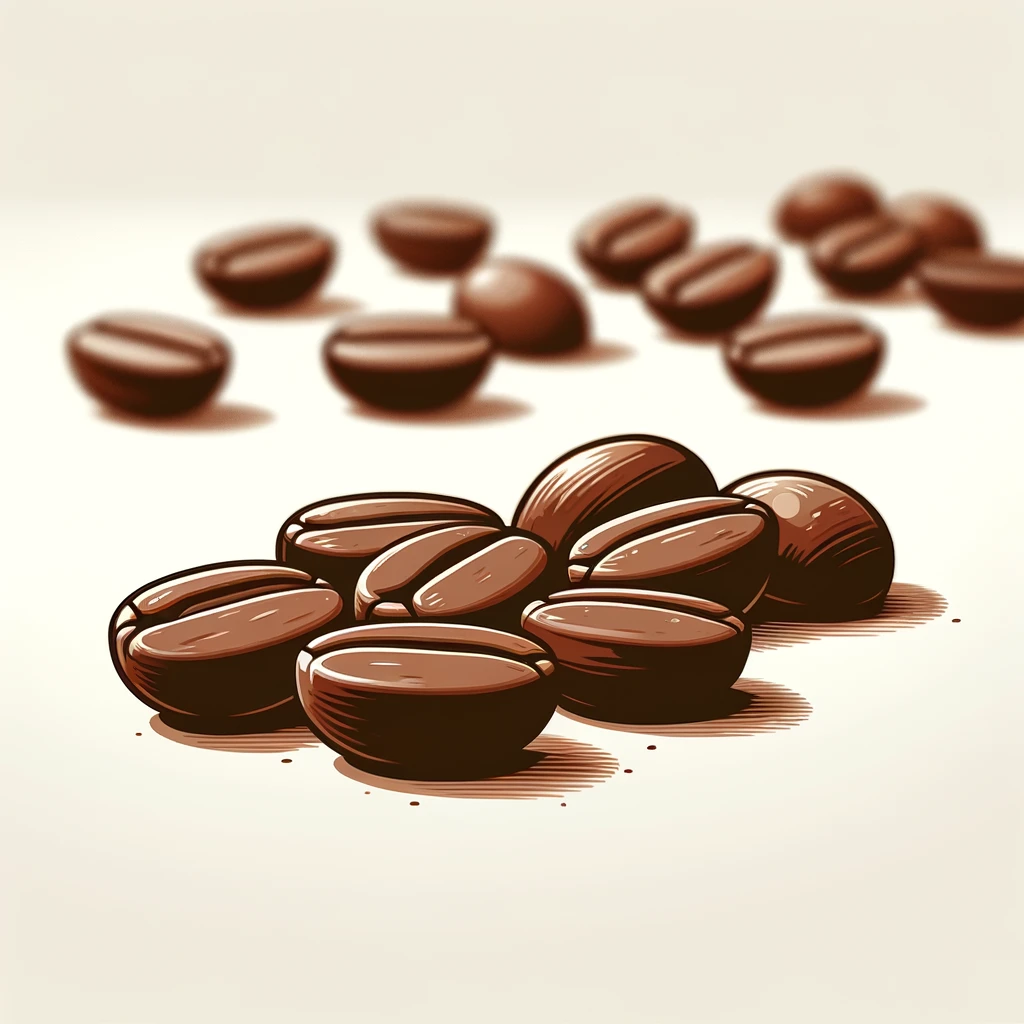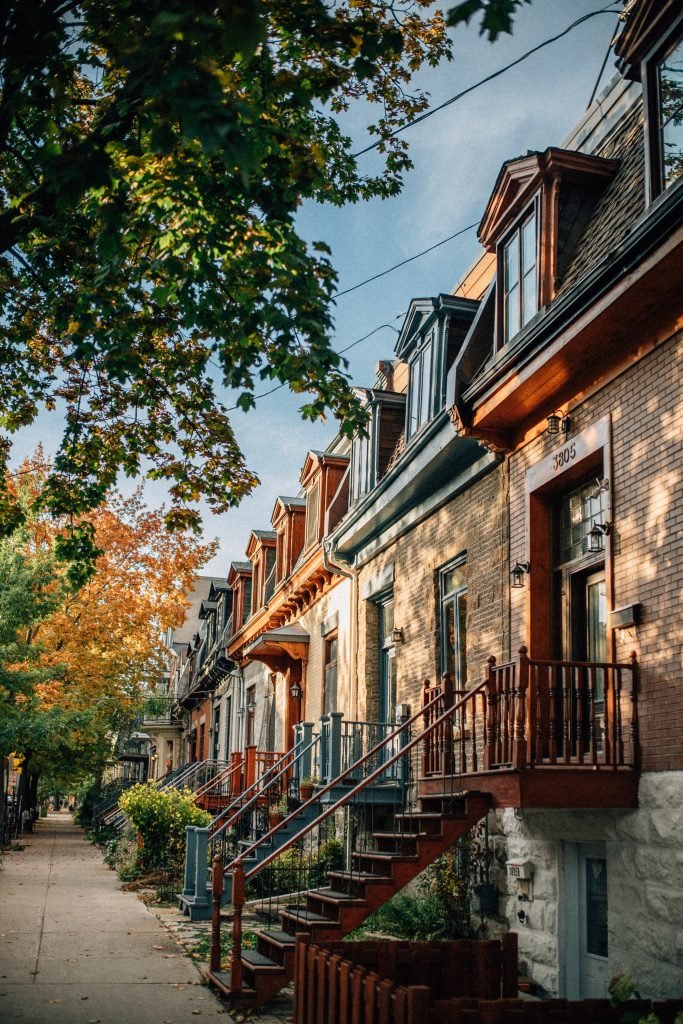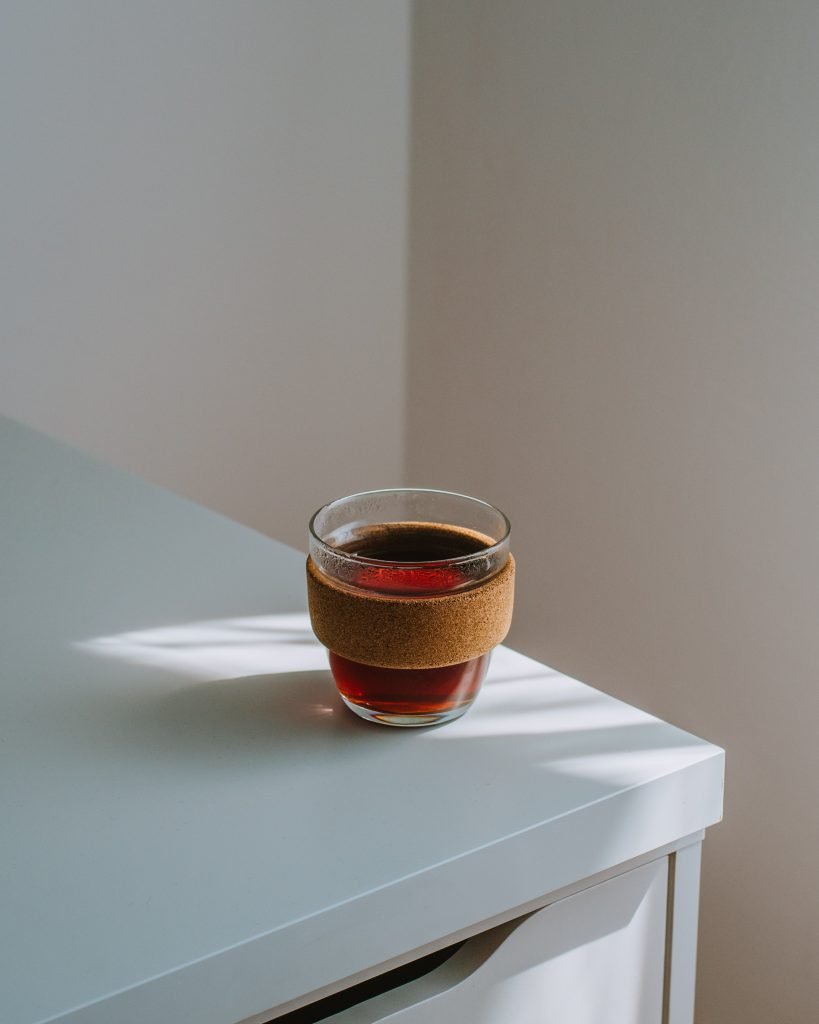
Roasting Process: What Sets Them Apart
Espresso beans and coffee beans are derived from the same plant but undergo different roasting processes. Espresso roasts are typically roasted for a longer duration than regular coffee beans, resulting in a darker color and an oilier surface. This prolonged roasting process contributes to the intense flavor profile of espresso beans, which is notably distinct from that of regular coffee beans.
The extended roasting time also causes espresso beans to have a more pronounced bitterness compared to their counterpart. On the other hand, regular coffee beans are roasted for a shorter period, preserving more of their natural acidity and producing a wider range of flavors.
Espresso brewing methods often involve high pressure and temperature, requiring robust flavors that can stand out even when mixed with milk or syrups. In contrast, traditional coffee brewing methods allow for greater subtlety in flavor due to lower temperatures and less forceful extraction.
Impact on Taste: A World of Difference
The choice between using espresso or regular coffee beans significantly impacts the taste of the final beverage. The concentrated nature of espresso bean flavors results in a bolder, richer shot with hints of chocolate or smoky undertones. Conversely, beverages made from regular coffee tend to exhibit more diverse flavor profiles ranging from fruity notes to floral accents.
When it comes down to it, whether you opt for espresso or coffee beans, your decision will ultimately influence not only the depth but also the breadth of flavors present in your cup.
Roast Profiles: Light to Dark Explained
Flavor Characteristics
Light roast beans are lightly browned and possess a higher acidity level, resulting in a more complex and fruity flavor. On the other hand, dark roast beans are darker in color with an oilier surface and offer a bolder, smokier taste. For instance, light roast espresso beans might exhibit floral or citrus notes, while dark roast coffee beans could have hints of dark chocolate.
Different roast profiles bring out distinct flavors in both espresso and coffee. The length of time during roasting determines the roast profile, affecting the overall taste.Understanding these nuances can help enthusiasts tailor their preferences according to their desired flavor characteristics.
Impact on Brewing Methods
The choice between light and dark roast extends beyond personal preference; it also influences the brewing method. Lighter roasts tend to preserve more of the bean’s natural flavors, making them ideal for methods like pour-over or AeroPress that accentuate nuanced tastes. Conversely, dark roasts’ boldness makes them suitable for traditional espresso machines or French press brewing due to their ability to stand up against milk-based drinks.
Dissecting Espresso and Coffee Taste Profiles
Flavor Profiles
Espresso beans are known for their rich, full-bodied flavor, often carrying notes of chocolate, caramel, or even fruitiness. On the other hand, coffee beans offer a wider range of flavors based on their origin. These can include floral, nutty, or citrusy undertones.
When comparing the two taste profiles, it’s essential to consider that the brewing method plays a crucial role in shaping the final flavor. For espresso, the use of high pressure during extraction results in a more concentrated and intense taste compared to coffee brewed through methods like pour-over or French press.
Understanding these distinct flavor profiles allows enthusiasts to appreciate and differentiate between espresso and coffee based on their unique tastes. For example, those who enjoy bold and intense flavors might lean towards espresso due to its concentrated nature. Conversely, individuals seeking diverse and nuanced flavors may find themselves drawn to various types of coffee beans for an array of tasting experiences.
Bitterness Factor
While both espresso and coffee can exhibit bitterness as part of their taste profile, it is often more pronounced in espresso due to its concentrated nature. The longer contact time between water and grounds during the brewing process intensifies this element in espresso.
However, some individuals appreciate this bitter note as it adds depth and complexity to the overall flavor experience when enjoying an expertly crafted shot of espresso.
The Art of Preparing Espresso vs. Coffee
Brewing Process
Espresso requires high pressure and finely ground beans, producing a concentrated shot of coffee. On the other hand, brewing regular coffee involves water passing through coarser grounds using methods such as drip brewing or French press.
The difference in the grind size is crucial; espresso needs a fine grind to withstand high pressure, while coffee requires coarser grounds for slower extraction. This variance affects the flavor and strength of each beverage.
Both drinks have distinct characteristics due to their unique preparation techniques. While espresso is known for its rich, bold flavor and crema layer, brewed coffee offers a wider range of flavors depending on factors like bean origin and roast level.
Time and Ingredients
Espresso has a quicker preparation time compared to brewed coffee due to the use of high pressure during extraction. Steamed milk is often used in espresso-based drinks like lattes and cappuccinos, adding another layer of complexity to these beverages that isn’t found in regular brewed coffee.
When it comes down to choosing between roasted coffee beans or espresso beans for your morning cuppa joe, understanding these differences can help you appreciate the artistry behind each method.
Grind Size Matters for Espresso and Coffee
Importance of Grind Size
Grind size plays a crucial role in the preparation of both espresso and coffee. For espresso, a fine grind is essential to ensure proper extraction, creating a balanced shot with the desired flavor profile. On the other hand, coffee requires a coarser grind, allowing water to flow through easily without over-extracting the flavors. The difference in grind size directly impacts the rate at which water interacts with the coffee grounds during brewing.
The importance of adjusting grind size cannot be overstated as it greatly affects the taste and quality of both espresso and coffee. A finer grind for espresso leads to increased pressure during extraction, resulting in an intense, flavorful shot. Conversely, using a coarser grind for coffee permits easier water flow through the grounds, preventing over-extraction and producing a smoother cup.
Impact on Taste and Quality
The impact of grind size on taste is significant; even slight adjustments can result in noticeable differences in flavor profiles between espresso and coffee. An improperly ground batch can lead to under-extraction or over-extraction, causing bitterness or sourness in either beverage.
Moreover, achieving consistency in particle size within each type of ground beans is crucial for maintaining quality across multiple servings. Inconsistent grinding may result in uneven extraction rates within each serving or brew cycle.
Oil Content and Its Impact on Flavor
Intense Flavor and Thicker Crema
Espresso beans are renowned for their higher oil content, resulting in a more robust flavor profile and a lusciously thick crema. This richness is achieved through the oils released during the espresso extraction process, creating an indulgent sensory experience. The higher oil content contributes to the boldness of espresso, making it ideal for those who crave a powerful caffeine kick.
Coffee enthusiasts appreciate this feature as it adds depth to their beverage, intensifying the overall flavor experience. The oils present in espresso beans also contribute to the luxurious mouthfeel that accompanies each sip, elevating the drinking experience beyond just taste.
Cleaner Taste and Equipment Compatibility
On the other hand, coffee beans with lower oil content offer a cleaner taste that appeals to those seeking a milder coffee experience. With reduced oil levels, these beans are less likely to clog coffee-making equipment such as drip machines or French presses. This makes them more versatile across various brewing methods without compromising on flavor.
The lower oil content in regular coffee beans results in a smoother cup of joe that appeals to individuals who prefer subtler flavors without sacrificing quality or complexity.
Caffeine Showdown: Espresso vs. Coffee
Concentration Matters
Espresso beans vs coffee beans – the battle of the brews. Regular coffee and espresso each have their own unique caffeine content, but it’s not as straightforward as many believe. While a shot of espresso has a higher concentration of caffeine than a standard cup of coffee, that doesn’t mean it actually contains more caffeine overall. It’s all about the serving size.
When comparing espresso to regular coffee in terms of caffeine, one must consider the concentration factor. A single ounce of espresso typically contains 63 milligrams of caffeine, while an 8-ounce cup of regular brewed coffee generally holds around 95 milligrams. This means that ounce for ounce, espresso packs quite the punch in comparison to its larger counterpart.
Extraction Process
The brewing process also plays a crucial role in determining how much caffeine ends up in your cup. When making regular coffee, hot water is slowly filtered through coarsely ground beans using gravity or pressure from a machine like an Aeropress or French press. On the other hand, with espresso, hot water is forced through finely ground compacted beans at high pressure within just seconds.
This quick extraction method results in stronger flavors and higher concentrations of compounds like caffeine compared to traditional brewing techniques used for regular coffee.
Understanding Espresso-Based Beverages
Foundation for Popular Beverages
Espresso serves as the foundation for various popular beverages like cappuccinos, lattes, and macchiatos. These drinks are created by combining espresso with steamed or frothed milk in different ratios and techniques to produce unique flavors and textures. For example, a latte typically contains more steamed milk than a cappuccino, resulting in a creamier texture.
The difference lies in the amount of espresso used and how it is combined with other ingredients. Cappuccinos have equal parts of espresso, steamed milk, and foam on top, while lattes have more steamed milk with just a small layer of foam. Understanding these variations can help you make an informed choice based on your taste preferences.
Choosing Based on Taste Preferences
Knowing the differences between these beverages can help you choose one that suits your taste preferences. If you prefer a stronger coffee flavor with less milk content, then an espresso shot would be suitable for you. On the other hand, if you enjoy creamier textures with milder coffee notes, then a latte might be your go-to choice.
Understanding these distinctions empowers consumers to select their preferred beverage based on individual tastes rather than settling for generic options at cafes or coffee shops.
Frequently Asked Questions
Are espresso beans and coffee beans the same?
No, they’re not! Think of them as siblings – similar but with distinct personalities. Espresso beans are roasted longer, resulting in a darker and more robust flavor, while coffee beans have a broader range of flavors due to various roasting levels.
What’s the deal with grind size for espresso and coffee?
Grind size is crucial; it’s like choosing between sand for a beach volleyball game or gravel for your driveway. For espresso, go fine like powdered sugar. Coffee prefers coarser grinds akin to sea salt. The right grind ensures optimal extraction and flavor.
How does the oil content affect the flavor of espresso and coffee?
Oil content is like the secret sauce in your grandma’s recipe – it adds that extra oomph! More oils in dark-roasted espresso beans yield a rich, creamy texture with intense flavors. Lighter-roasted coffee has less oil, offering brighter acidity and nuanced flavors.
Which one packs more caffeine: espresso or regular coffee?
Ah, the ultimate showdown! Despite its bolder taste, espresso actually has less caffeine than regular brewed coffee per ounce. But hold on – since you typically drink smaller servings of espresso at once compared to a full cup of joe, it can still give you quite the jolt!
Can I use any type of bean for making both espresso and regular coffee?
You could…but should you? It’s like wearing flip-flops to run a marathon – technically possible but not ideal. While some versatile beans exist (we see you medium roasts), using specific types tailored to each method ensures an optimal flavor experience.



